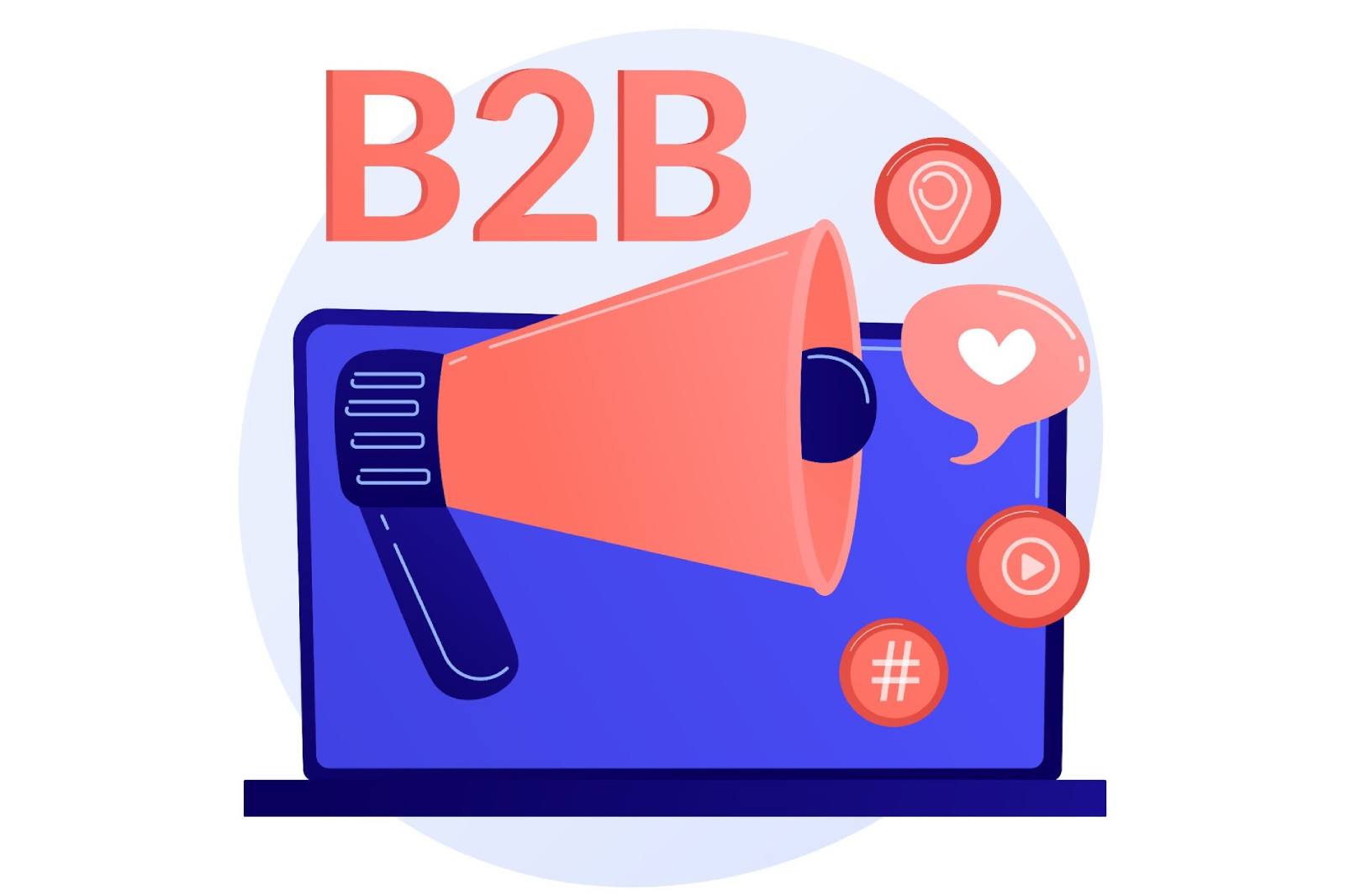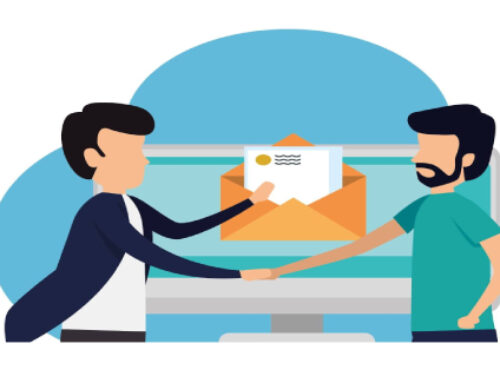
Introduction
In our previous blog, we discussed the significance of targeting the right audience on LinkedIn for successful B2B lead generation. Continuing on this journey, we will explore additional best practices that will enhance your targeting strategy and maximize your chances of connecting with the right prospects. From engaging champions and leveraging advanced search filters to engaging with LinkedIn groups and refining your approach, these strategies will help you achieve better results on LinkedIn.
Identify All Stakeholders
To effectively target your audience, it’s crucial to avoid oversimplifying your target personas. While CEO/CXOs may be relevant for certain products or services, it’s essential to recognize that they might not be the right choice for all. Take the time to identify all stakeholders involved in the decision-making process. By expanding your scope and considering individuals at different levels and departments within organizations, you broaden your reach and increase the likelihood of connecting with the right prospects.
Focus on Champions and Financial Buyers
When engaging with potential prospects on LinkedIn, it’s important to focus on champions and financial buyers. Champions are individuals within an organization who believe in your solution and can advocate for it internally. They can provide insights, help navigate the internal dynamics, and influence decision-makers. Financial buyers, on the other hand, are the ultimate decision-makers who hold the authority to allocate resources and budget. Engaging with champions and financial buyers demonstrates your commitment to understanding implementation and adoption challenges and showcases your value proposition.
Leverage LinkedIn’s Advanced Search Filters
LinkedIn provides advanced search filters that allow you to narrow down your targeting efforts. Take advantage of filters such as geography, company headcount, and industry to identify the right customer organizations to target. While there is a filter for tools used, it’s important not to rely solely on this information. When identifying the correct stakeholders within organizations, start with known designations and then utilize the function filter to pinpoint the appropriate department. Additionally, tenure at a company can be an important parameter to gauge potential prospects.
Engage with Relevant LinkedIn Groups
LinkedIn groups offer valuable opportunities to connect with professionals who share common interests and goals. Join industry-specific groups, professional communities, or groups that align with your target audience. Engaging in meaningful discussions, sharing insights, and providing value within these groups can help you establish yourself as a thought leader and gain visibility among your target audience.
Monitor and Refine Your Targeting Approach
To optimize your targeting efforts, create different lists based on geographies and buyer personas. Analyze the performance of each list separately to understand which ones are yielding better results. Monitor metrics such as engagement rates, conversion rates, and lead quality to identify areas for improvement. Regularly refine your targeting approach based on these insights to enhance your overall lead generation strategy.
By implementing these additional strategies, you can further enhance your LinkedIn targeting and lead generation efforts. Stay tuned for the next part of this series, where we will explore effective techniques for crafting compelling LinkedIn outreach messages to engage your target audience.



